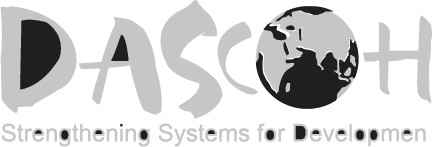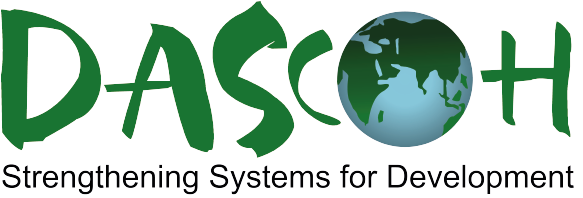
Public Health
There have been remarkable achievements in attaining MDG indicators, like reducing under five mortality rates from 144 to 32 per 1,000 live births from 1990 to 2018 and the maternal mortality ratio from 479 to 173 per 100,000 live births from 1995 to 2015. Still, only 21% of pregnant women in Bangladesh receive at least four antenatal care visits, just 31% of births are delivered at health facilities, and skilled birth attendants assist only 41% of women during childbirth. More than 54% of preschool-age children, equivalent to more than 9.5 million children, are stunted, 56% are underweight, more than 17% are wasted and malnutrition among women is extremely prevalent. Because of the widespread problem of arsenic found in drinking water, the World Health Organization estimates that 40 million people in the country are affected by arsenic induced health problems. Despite a decreasing overall mortality rate, deaths due to chronic diseases, especially non-communicable diseases, are increasing at an alarming rate. The COVID-19 pandemic affected the country’s health system and widened the existing gap in access to essential services.




